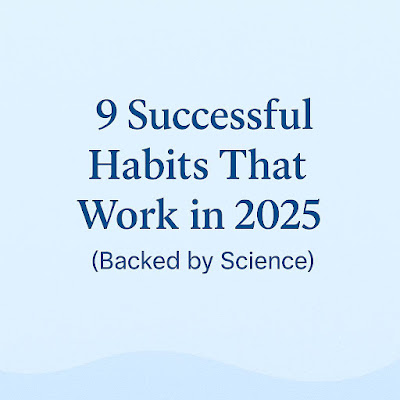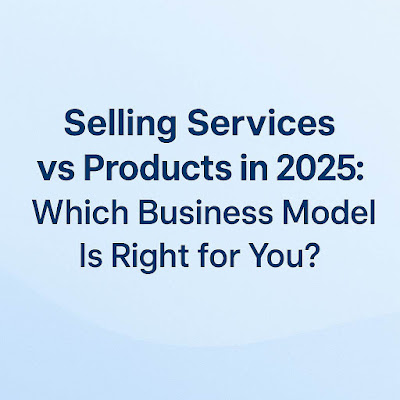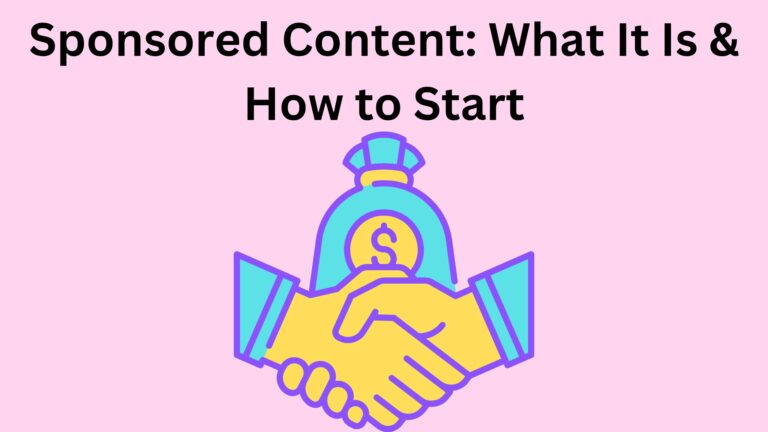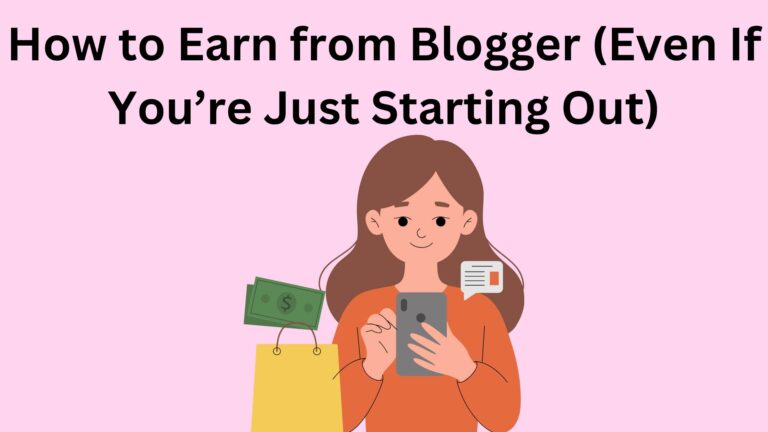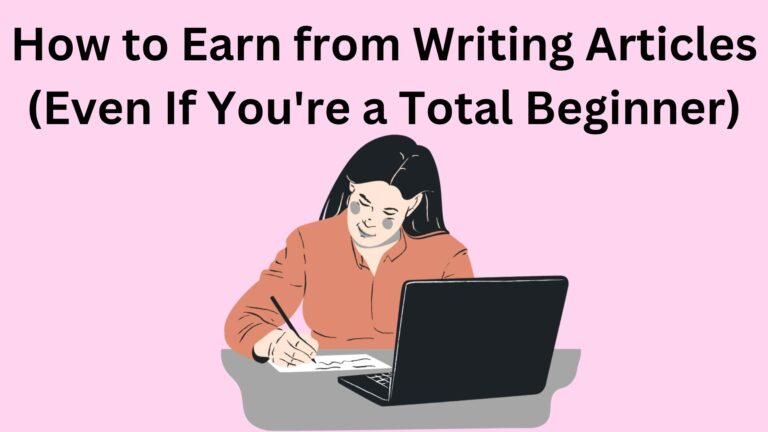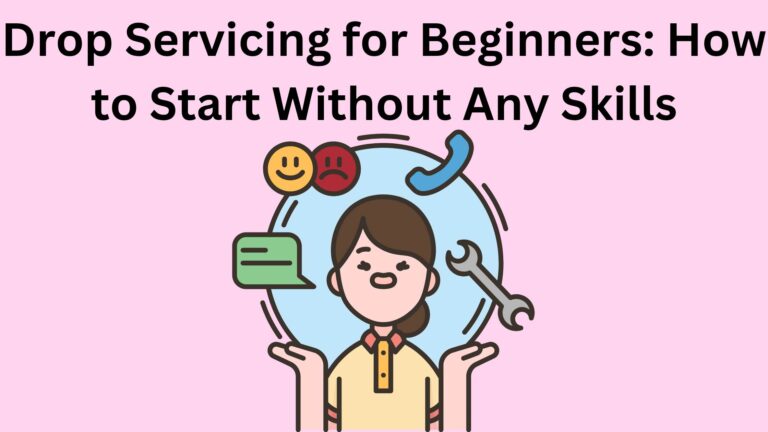How to Get AdSense Approval (Even If You’re Just Starting Out)
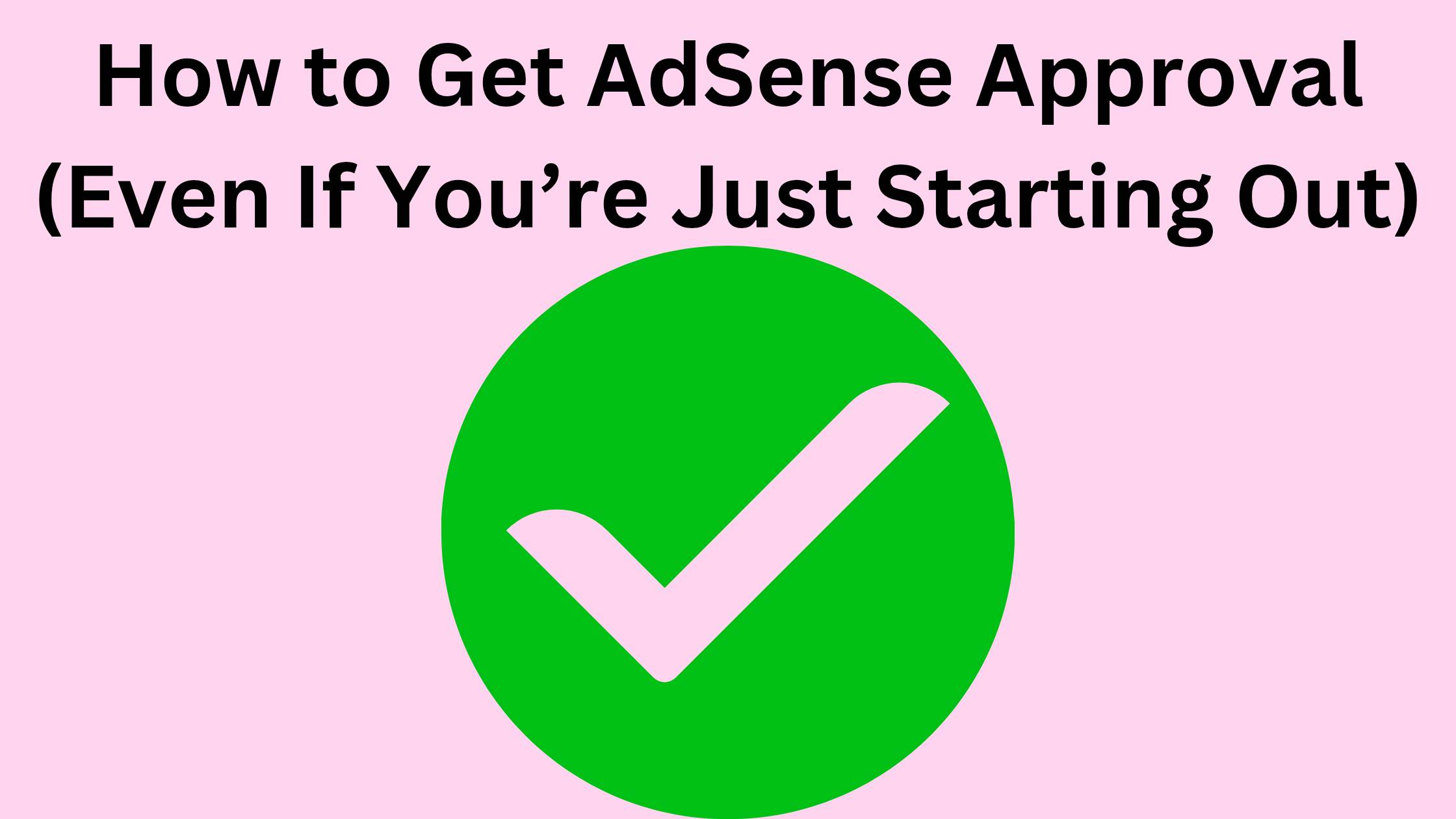
How to Get AdSense Approval (Even If You’re Just Starting Out)
So you’ve started a blog… or maybe you’re thinking about it.
You’ve seen other bloggers making money just by showing ads, and now you’re wondering:
“How do I get AdSense approval too?”
Great question.
🧠 What Is Google AdSense?
Google AdSense is a free program that lets you show ads on your blog.
❓ Why Does Google Need to Approve My Blog?
Because they want to make sure your blog is:
- Safe and trustworthy
- Useful to readers
- Not full of spam or copied content
Once Google sees that your site looks good and follows their rules, they’ll approve you.
✅ How to Get AdSense Approval (Step by Step)
1. Pick a Topic for Your Blog (Don’t Write About Everything)
Before anything else, choose one clear topic for your blog — like travel, recipes, tech tips, or fitness.
Writing about random stuff makes your site look messy.
2. Get a Real Domain Name
Free domains like myblog.blogspot.com are okay to start…
But if you want to look serious, get a real domain like www.myblog.com.It only costs a few dollars a year, and it makes your blog look way more professional.
3. Use a Clean, Mobile-Friendly Design
Don’t worry about fancy designs.
Just pick a simple layout that:
- Works on phones
- Loads fast
- Is easy to read
Make sure it’s not full of ads or pop-ups. Clean and simple wins.
4. Write 15–20 Helpful Blog Posts
Here’s where most people mess up.
To get approved, your blog needs real, helpful content.
- Not AI spam.
- Not copy-paste.
- Write like you’re helping someone.
- Be original (no copying!)
- Be at least 800–1000 words
- Answer real questions people are searching for
- Have good formatting (headings, paragraphs)
Write at least 15 to 20 solid posts before you apply.
5. Add These Pages (Very Important!)
Google wants to see these pages on your site:
- About Me – Say who you are and what your blog is about
- Contact – Add a form or email so people can reach you
- Privacy Policy – You can use a free generator
- Disclaimer – Say you’re not giving legal, health, or financial advice (if relevant)
If you miss these, you might get rejected.
6. Stay Away from Risky Topics
Don’t blog about:
- Violence or hate
- Adult content
- Hacking
- Fake news
- Illegal stuff
Stick to helpful, safe content. Google checks this carefully.
7. Make Sure Google Can Find Your Blog
Use Google Search Console to submit your blog.
That helps Google know your site exists.
It’s free and takes just a few clicks.
8. Get a Little Bit of Traffic First
While not required, it helps if your blog has some visitors.
Share your posts with friends, on social media, or online groups.
This shows Google that your blog is alive and useful.
9. Apply for AdSense (Once You’re Ready)
Now that your blog looks good, has enough content, and the important pages, it’s time to apply.
Here’s how:
- Go to adsense.google.com
- Sign in with your Gmail
- Enter your website
- Follow the steps to connect your blog
- Submit the application
Then… wait.
10. What If You Get Rejected?
It happens.
- Fix what’s missing.
- usually content or design issues.
- then wait a few weeks and apply again.
🛑 Common Mistakes That Get People Rejected
Let’s save you from them:
- Applying with only 2 or 3 posts
- Copying content from other sites
- No “About” or “Privacy” pages
- Bad design or broken links
- Writing about restricted topics
- Using too much AI without editing
- Reapplying without fixing the issue
Avoid these, and your chances go way up.
💬 Final Thoughts (Let’s Keep It Real)
Getting AdSense approval isn’t about being a tech genius or having a huge audience.
- Take your time.
- Focus on quality.
- Be helpful.
- And show Google that your blog is real and ready.
- Now go take that first step — write one helpful post.
- Then another.
- Then build the kind of blog you’d be proud to show anyone.
